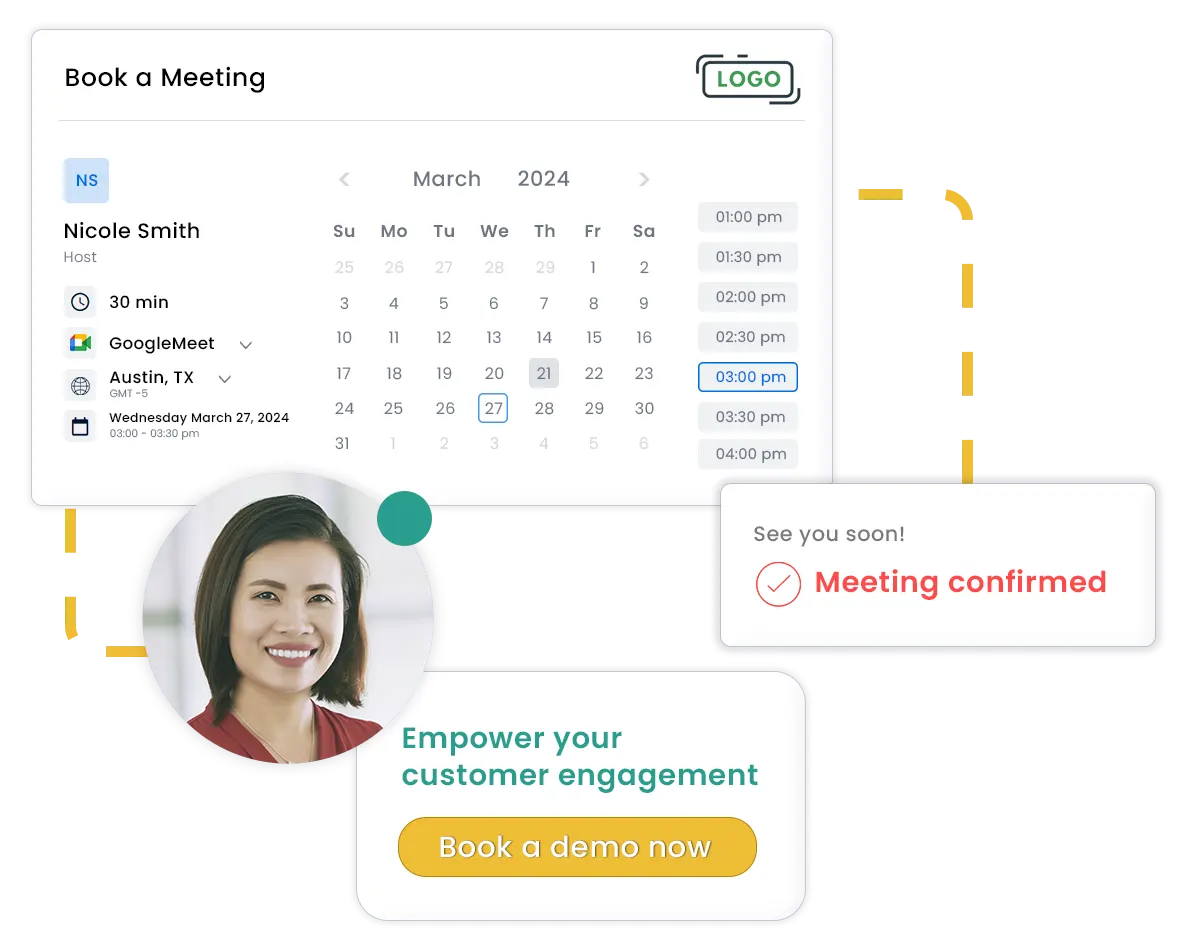Before we get down to it, let’s start with a basic explanation of the terms SaaS and Cloud-native.
SaaS (software as a service) is a software distribution model. Companies purchase a subscription to a software application that is hosted or managed in the cloud rather than buying the software outright and installing it on their own hardware. SaaS is one of the three top cloud computing categories, along with IaaS (infrastructure as a service) and PaaS (platform as a service). SaaS is also referred to as web-based or on-demand software.
A cloud-native application is developed to be used on a particular platform or device. These type of apps are entirely built in the cloud which is why they are also referred to as cloud-native. Non-native apps are built outside the cloud then transferred over into one. They are also known as cloud-enabled applications.
Now let’s work through a few pros and cons to decide what’s so great about a SaaS app being native (cloud-native). There are a few cons to using a native app and here is a list that we think will help inform you about the key points and allow you to decide if a native app is the best choice for your organization.
Pros of Using a Cloud Native SaaS App
User Experience: This is perhaps the thing that native apps do best. The operations are smoother and provide a more intuitive experience for users accustomed to the functionality of a particular platform.
Speed: Native apps are inherently faster. This affects implementation and data retrieval which in turn affects productivity levels. Everything lives within the app itself so there is no dependency on browsers or internet speeds to keep things moving along quickly.
Data Access: Native apps tap into a platform more easily than a non-native app. Since data is retained in one place, there’s no need to have a request leave the platform to retrieve information being housed in another location outside the platform.
Scale: By being built in the cloud from the ground up, a native app doesn’t have any hardware limitations. This allows for continuous app development which means the application is more scalable, more adaptable to your business’ needs. The savings on hardware and software maintenance can also be significant.
For example, SUMO Scheduler is an online appointment scheduler built native on the Salesforce platform. This means the application can easily be implemented into an organization’s Salesforce org. Being a native application, SUMO allows users to interact with Salesforce’s many features and affords the same security parameters. It creates a seamless Salesforce experience that is highly customizable to your organization’s requirements and business processes.
Cons of Using a Cloud Native SaaS App
Platform: Native apps only live on the platform they are designed for and moving information between platforms requires integration.
Cost: There certainly are native apps that are free to install and use. However, most of these apps are not capable of supporting an enterprise level organization. Technical support is also not a given with even documentation not being available to reference. The other potential cost could be in the form of licenses and other fees that may be associated with implementation.
The cons are certainly shorter than the pros list but this does not mean the cons are not worth considering. Having the right personnel in place within your company to manage the app from implementation to daily use can help mitigate any potential issues. As for the costs involved, an enterprise-level application is generally an investment that provides tangible returns quite readily within a short period of time.
If you are operating a department within a large enterprise or foresee a significant growth spurt coming down the road for your area of the business, then a native application may be the best choice. It delivers a more cost-effective alternative to a traditional software purchase, allows your organization to respond to marketplace changes and capture new business opportunities much more quickly.




